The concept of mineral carbonation as a means of carbon sequestration has gained significant traction in recent years as the world grapples with the urgent need to mitigate climate change. Unlike other carbon capture and storage (CCS) methods, mineral carbonation offers a permanent and stable solution by converting CO2 into solid carbonate minerals. This process mimics natural weathering but accelerates it to achieve meaningful results within human timescales. The efficiency of this method depends on multiple factors, including the type of minerals used, reaction kinetics, and the energy required for the process.
Mineral carbonation primarily involves the reaction of CO2 with magnesium or calcium-rich minerals, such as olivine or serpentine, to form stable carbonates like magnesite or calcite. These minerals are abundant in the Earth's crust, making the approach theoretically scalable. However, the challenge lies in optimizing the reaction conditions to enhance efficiency while minimizing energy consumption. Researchers have explored various pathways, including direct and indirect carbonation, each with its own trade-offs in terms of reaction speed and energy input.
The efficiency of mineral carbonation is often measured by the rate at which CO2 is converted and the completeness of the reaction. In natural settings, this process can take thousands of years, but industrial methods aim to reduce this to hours or days. One of the key hurdles is the slow kinetics of the reaction between CO2 and silicate minerals. To address this, scientists have experimented with pre-treatment methods, such as grinding the minerals to increase surface area or using heat and pressure to accelerate the reaction. While these methods improve efficiency, they also raise the energy demands of the process, which can offset some of the environmental benefits.
Energy requirements remain a critical factor in assessing the viability of large-scale mineral carbonation. The crushing, heating, and chemical processing of minerals consume substantial energy, much of which still comes from fossil fuels. This creates a paradox where the carbon footprint of the process itself could undermine its purpose. Renewable energy sources could mitigate this issue, but their intermittent nature poses challenges for continuous industrial operations. Advances in low-energy reaction pathways, such as using catalysts or alternative solvents, are being investigated to make the process more sustainable.
Another dimension of efficiency lies in the sourcing and transportation of raw materials. Ideal minerals for carbonation are often located far from industrial CO2 sources, leading to logistical and economic constraints. Localized processing near mining sites could reduce transportation emissions, but this requires significant infrastructure investment. Additionally, the mining of these minerals must be conducted responsibly to avoid environmental degradation, adding another layer of complexity to the equation.
The potential of mineral carbonation extends beyond mere CO2 sequestration. The byproducts of the process, such as silica and metal oxides, can be repurposed for construction materials or industrial applications, adding economic value. This circular economy approach could improve the overall efficiency and attractiveness of the technology. However, the market for these byproducts must be developed in tandem with the carbonation process to ensure economic feasibility.
Policy and regulatory frameworks will play a pivotal role in scaling mineral carbonation. Carbon pricing mechanisms or subsidies could incentivize industries to adopt this technology despite its current high costs. International collaboration is also essential, as the distribution of suitable minerals and CO2 sources varies globally. Without coordinated efforts, the full potential of mineral carbonation may remain untapped.
While mineral carbonation is not a silver bullet for climate change, its ability to permanently lock away CO2 makes it a compelling component of a broader carbon mitigation strategy. Continued research and innovation are needed to overcome the technical and economic barriers that currently limit its efficiency. As the technology matures, it could become a cornerstone of sustainable industrial practices in a low-carbon future.
The journey toward efficient mineral carbonation is fraught with challenges, but the stakes could not be higher. With the planet's climate system at a tipping point, exploring every viable avenue for carbon sequestration is not just an option—it is an imperative. The lessons learned from this technology could also inform other geoengineering efforts, creating a ripple effect in the fight against global warming.
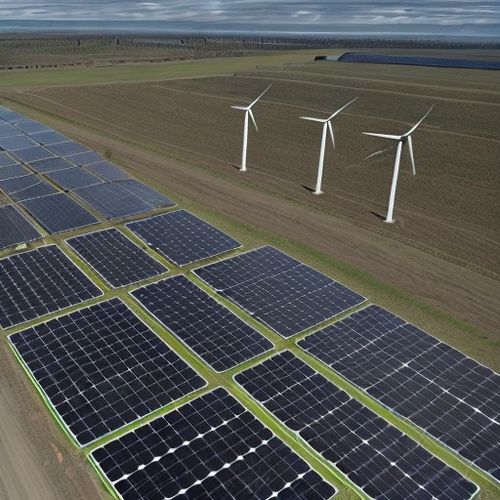
By Megan Clark/Apr 19, 2025

By Thomas Roberts/Apr 19, 2025
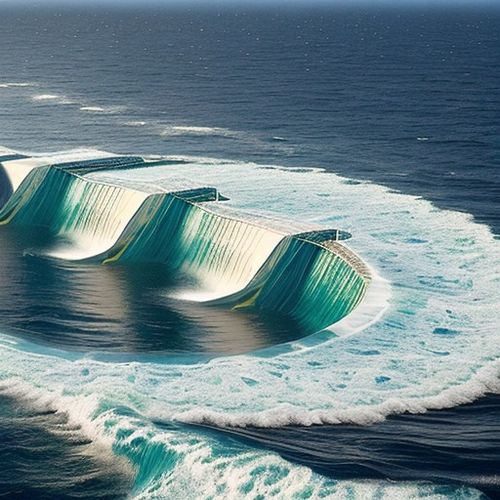
By Thomas Roberts/Apr 19, 2025

By Emily Johnson/Apr 19, 2025

By Samuel Cooper/Apr 19, 2025

By Samuel Cooper/Apr 19, 2025

By George Bailey/Apr 19, 2025

By Joshua Howard/Apr 19, 2025

By William Miller/Apr 19, 2025

By Emily Johnson/Apr 19, 2025

By William Miller/Apr 19, 2025

By James Moore/Apr 19, 2025
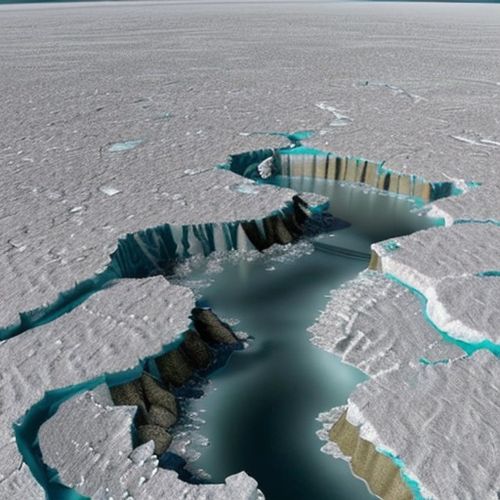
By Joshua Howard/Apr 19, 2025

By William Miller/Apr 19, 2025
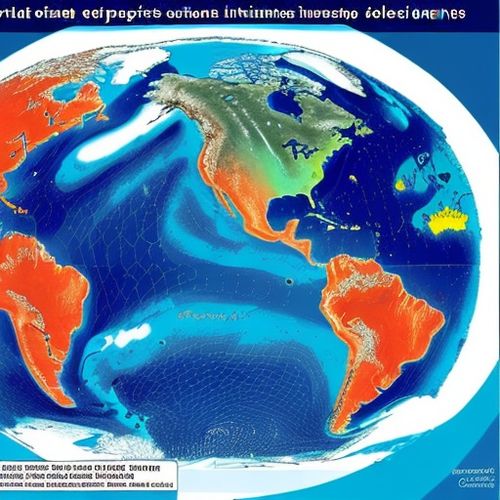
By James Moore/Apr 19, 2025

By Elizabeth Taylor/Apr 19, 2025
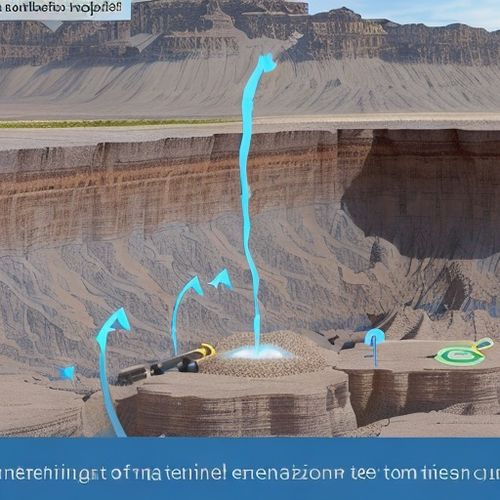
By Grace Cox/Apr 19, 2025
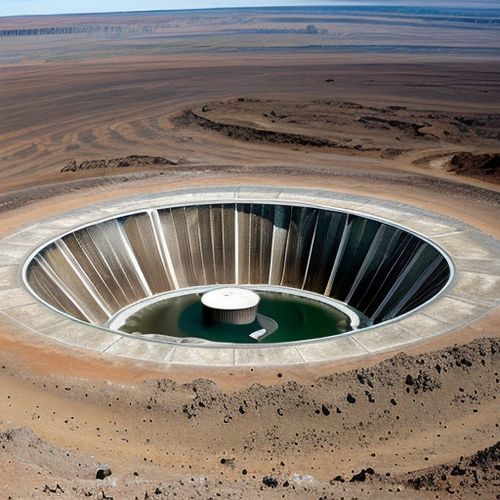
By Grace Cox/Apr 19, 2025

By Joshua Howard/Apr 19, 2025

By David Anderson/Apr 19, 2025